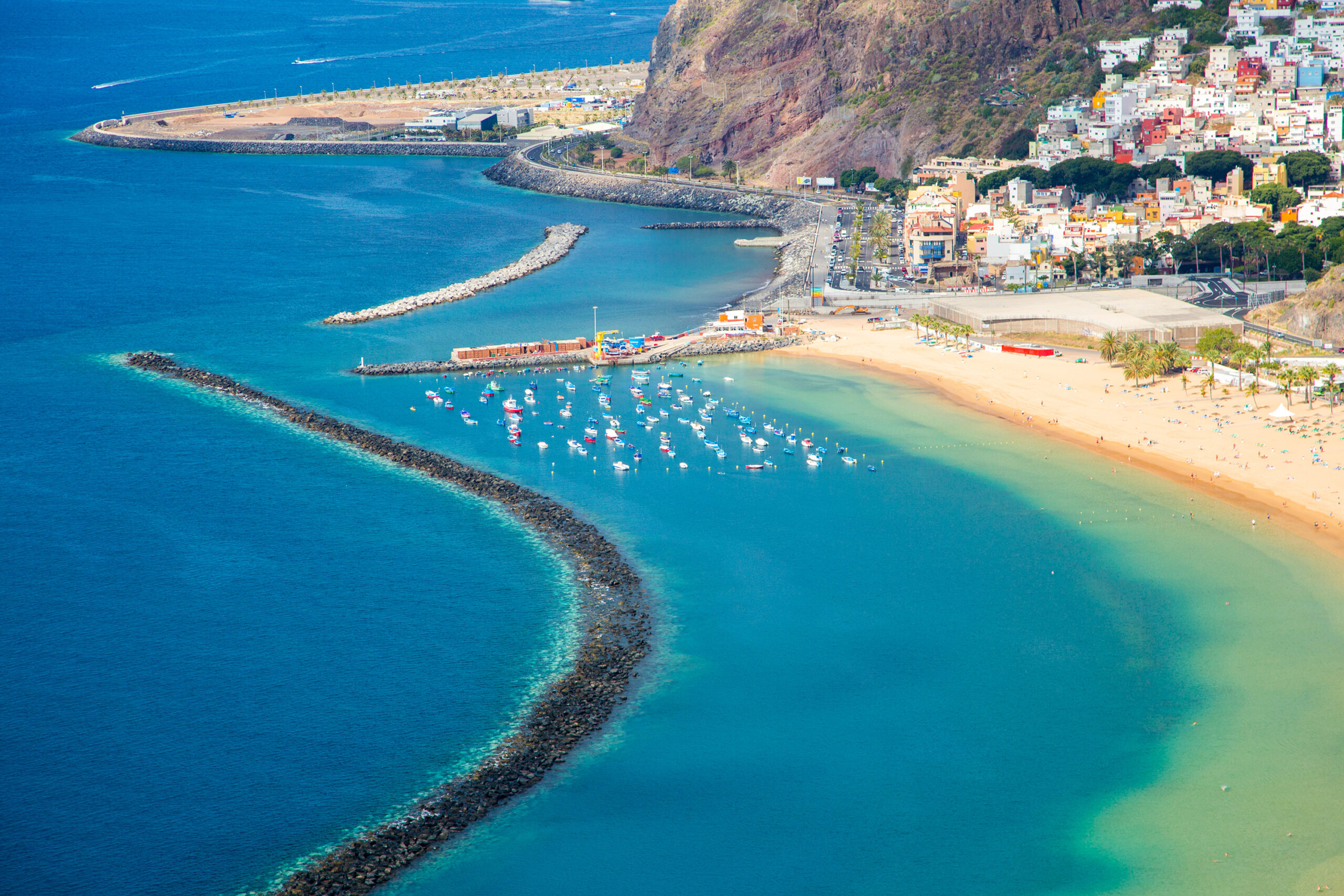It’s 3 a.m. on a cliffside in the Faroe Islands, and I’m crouched in wet grass, clutching a thermos of lukewarm coffee. The wind howls like a scorned lover, and fog curls around jagged peaks like smoke from some ancient dragon’s nostrils. Below, the North Atlantic hurls itself against black basalt cliffs, and somewhere in the chaos, a lone puffin flaps its wings, stubbornly alive. This isn’t a postcard. This isn’t Instagram. This is travel stripped bare—raw, messy, and humming with the kind of magic you can’t filter.

We’ve all seen the bucket lists: Bali’s rice terraces, Parisian sunsets, Machu Picchu at dawn. But what about the places that don’t make the brochures? The villages where time moves to the rhythm of goat bells, the forests where legends outnumber tourists, the strangers who become family over shared moonshine and mispronounced words? Let’s ditch the script and wander off-script.
The Sailor’s Secret: A Croatian Island Where Time Forgot
Most travelers flock to Hvar or Dubrovnik, but 90 minutes by ferry from Split lies Vis, an island that’s been hiding in plain sight since the Romans. Vis was a military base closed to outsiders until 1989, and its isolation preserved something rare: authenticity.
I arrived in October, when the last of the summer yachts had vanished. The harbor town of Kut felt like a sepia photograph—crumbling stone houses, octopus drying on lines, old men playing boule in the square. At Konoba Bako, a family-run tavern, I met Mateo, a fisherman with hands like driftwood. Over plates of gregada (fish stew simmered in garlic and wine), he whispered about hidden caves where Partisans hid during WWII. “Go to Stiniva Beach,” he urged. “But don’t tell the bloggers.”
Stiniva is a crescent of pebbles cradled by cliffs so steep, you’d swear the gods punched a hole in the earth. There’s no Wi-Fi, no sunbeds—just the Adriatic’s turquoise pulse. As I floated on my back, a local boy diving for sea urchins laughed: “You look lost!” I was. Blissfully.
The Mongolian Nomad Who Taught Me to See the Sky
In the Gobi Desert, 300 miles from Ulaanbaatar, I met Nergui, a nomadic herder with a smartphone and a soul older than the Silk Road. She invited me to her ger (yurt) after I stumbled into her camel caravan, dehydrated and sun-drunk. That night, we ate boiled mutton with our hands, and she schooled me in “sky literacy.”
“City people see blue,” she said, pointing upward. “We see tenger—the eternal sky. That stripe? It means snow. Those ripples? Wind is coming to steal your hat.” She taught me to read clouds like text messages and spot constellations without apps. At dawn, as her goats trotted toward the horizon, she grinned: “Now you’ll never be lost.”
Travel isn’t just ticking off landmarks—it’s letting places rewrite your vocabulary.

The Japanese Village Where Trees Grow Money
Deep in the misty mountains of Shikoku lies Iya Valley, a place so remote, villagers once used vine bridges to outrun samurai. Today, it’s home to Chiiori House, a 300-year-old farmhouse restored by Alex Kerr, an American writer obsessed with preserving Japan’s vanishing rural soul.
Chiiori isn’t a hotel. It’s a time capsule. The floors creak like ghosts, the hearth crackles with cedar, and the bath is fed by a mountain spring. But the real magic is outside. The hills are terraced with kabosu trees, their citrus fruit so prized, locals call them “green gold.” One farmer, Old Sato, handed me a knife and a basket. “Cut carefully,” he warned. “Each fruit is a year of patience.”
As we harvested, he confessed that his son moved to Tokyo and won’t return. “Young people want concrete, not dirt,” he sighed. Yet, every kabosu sold online funds the valley’s survival. Sometimes, sustainability tastes tart.
Bolivia’s Forgotten Utopia: A Communist Cave Colony
Near Sucre, Bolivia, there’s a cliff pockmarked with caves. But these aren’t ancient ruins—they’re El Chiflón, a socialist commune founded in the 1930s by Spanish anarchists fleeing Franco. For decades, families lived here, carving schools, theaters, and even a jail into sandstone.
I arrived at sunset, guided by Rosa, a grandmother whose parents were “cave pioneers.” She showed me fading murals of Marx and Lenin, a bakery oven fossilized by time, and a rainwater catchment system genius enough for TED Talks. “We had no money, so we built with our hands,” she said. When the government forced them out in the ’70s, they left behind plates, shoes, and dreams.
Now, El Chiflón is a ghost town. But as fireflies lit the caves, Rosa whispered, “Utopia doesn’t die. It just waits.”
The Finnish Ritual of Silence (and Why You Need It)
In Finland’s Kainuu region, silence isn’t awkward—it’s an art form. I learned this the hard way while staying at Hannulan Majatalo, a lakeside inn run by siblings Eeva and Mikko. Over dinner (reindeer stew, lingonberries), conversation lulled. I panicked, scrambling for small talk. Eeva raised a brow: “Why fill the air with noise? Listen to the fire.”
Later, Mikko took me to a pesäpallolava (a traditional smoke sauna). As we sweated in pitch dark, he explained “hiljaisuus”—the Finnish reverence for quiet. “In silence, you hear your heartbeat. You remember you’re alive.” The next morning, I kayaked on a mirror-still lake, my paddle the only sound. For the first time in years, my mind shut up.

The Colombian Jungle Symphony
Most skip southern Colombia—too wild, too “dangerous.” But in Mocoa, the gateway to the Amazon, danger wears orchids. I trekked with Luis, an indigenous Inga guide, through Finlandia Reserve, where trees bleed red sap and frogs sing in harmony.
“This is our church,” Luis said, brushing a hand over yagé vines. He spoke of jaguars as protectors, not predators, and rivers as ancestors. At dusk, we drank chicha fermented with cassava spit, and he played a quena flute. The jungle hummed back—a symphony of howler monkeys, cicadas, and rain.
“People fear the wild because it doesn’t obey,” Luis laughed. “But maybe we’re the ones who forgot how to listen.”
The Albanian Ghost Coast: Where Communism Meets the Med
Albania’s Riviera is Europe’s last secret. During the Cold War, dictator Enver Hoxha banned tourism, littering the coast with bunkers. Today, those concrete mushrooms watch over empty beaches like broken sentinels.
In Himara, a village clinging to cliffs, I rented a room from Luan, a former soldier turned poet. His “hotel” was a bunker retrofitted with fairy lights and a hammock. By day, I swam in Porto Palermo Bay; its water so clear, I counted pebbles at 30 feet. By night, Luan recited verses over raki: “We spent decades building walls. Now, we’re learning to build windows.”
Why Hidden Gems Matter More Than Ever
In a world oversold by algorithms and influencers, these places are rebellion. They remind us that wonder isn’t a checklist—it’s a conversation. A Croatian fisherman, a Mongolian nomad, a Finnish sauna philosopher—they’re not “content.” They’re teachers.
So, go where the Wi-Fi cuts out. Get lost. Let a place scuff your knees and split your heart open. Because of the unfiltered truth? The best stories aren’t found. They’ve lived.







Hello there! Do you use Twitter? I’d like to follow you if that ould be ok.
I’m absolutely enjoying your blog and look forward to
new posts. http://boyarka-Inform.com/